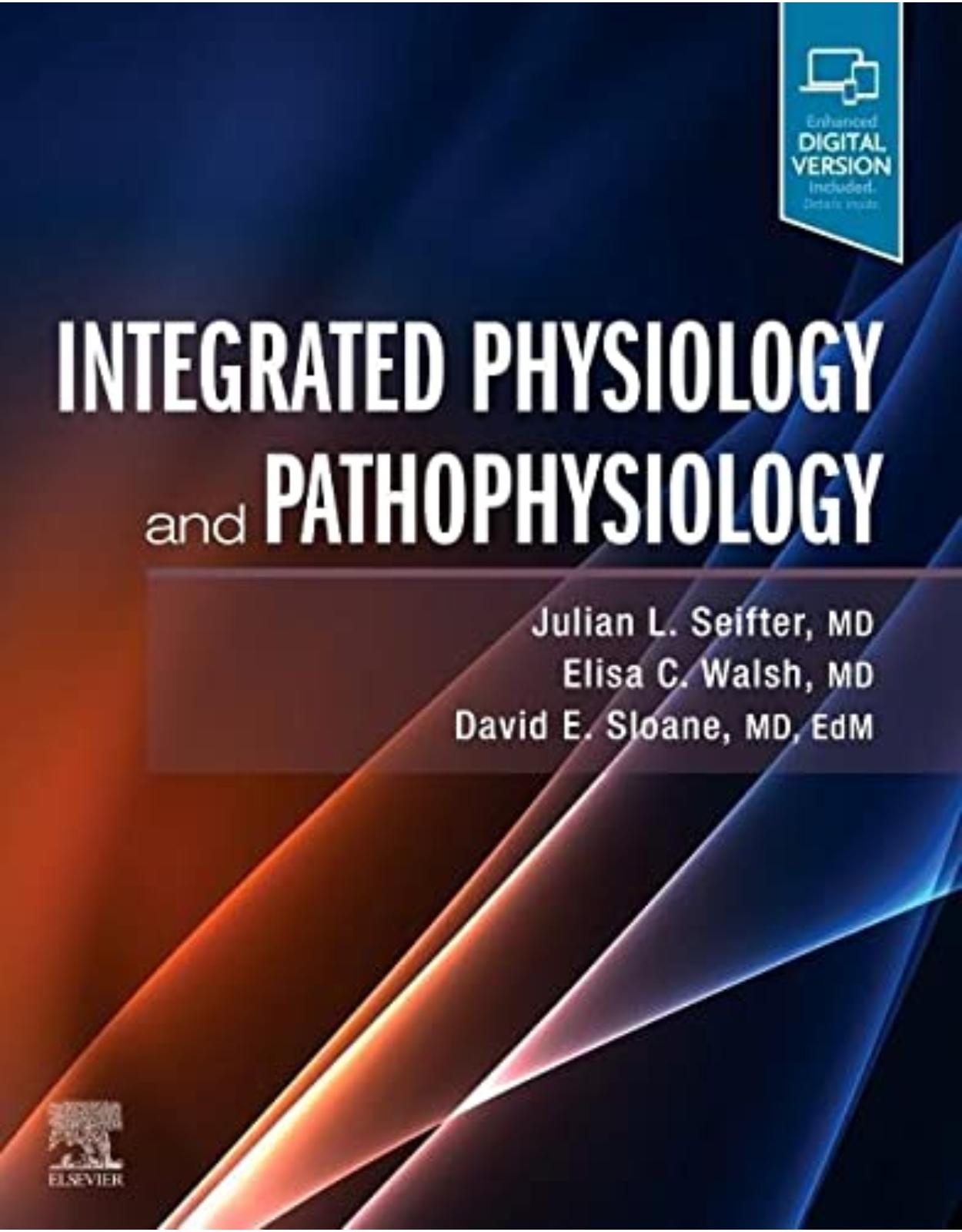
Integrated Physiology and Pathophysiology
Livrare gratis la comenzi peste 500 RON. Pentru celelalte comenzi livrarea este 20 RON.
Disponibilitate: La comanda in aproximativ 4 saptamani
Editura: Elsevier
Limba: Engleza
Nr. pagini: 544
Coperta: Paperback
Dimensiuni: 21.59 x 27.64 cm
An aparitie: 08/12/2021
Description:
Edited by physiology instructors who are also active clinicians, Integrated Physiology and Pathophysiology is a one-stop guide to key information you need for early clinical and medical training and practice. This unique, integrated textbook unites these two essential disciplines and focuses on the most relevant aspects for clinical application. A concise, review-like format, tables and diagrams, spaced repetition for effective learning, and self-assessment features help you gain and retain a firm understanding of basic physiology and pathophysiology. Integrated Physiology and Pathophysiology works equally well as a great starting point in your studies and as a review for boards.
Shares the knowledge and expertise of an outstanding editorial team consisting of two practicing clinicians who also teach physiology and pathophysiology at Harvard Medical School, plus a top Harvard medical student.
Provides an integrated approach to physiology and pathophysiology in a concise, bulleted format. Chapters are short and focus on clinically relevant, foundational concepts in clear, simple language.
Employs focused repetition of key points, helping you quickly recall core concepts such as pressure-flow-resistance relationships, ion gradients and action potentials, and mass balance. You’ll revisit these concepts in a variety of meaningful clinical contexts in different chapters; this "spaced learning" method of reinforcement promotes deeper and more flexible understanding and application.
Includes Fast Facts boxes that emphasize take-home messages or definitions.
Contains Integration boxes that link physiology and pathophysiology to pharmacology, genetics, and other related sciences.
Presents clinical cases and with signs and symptoms, history, and laboratory data that bring pathophysiology to life.
Features end-of-chapter board-type questions, complete with clear explanations of the answers, to help prepare you for standardized exams.
Table of Contents:
Section I. Foundations
1. General principles of physiology
Foundations of homeostasis
Transport processes in life
Cell membrane structure and transport functions
Types of membrane transport
Signal transduction
Cell-cell communication
Homeostasis
An electromechanical example of homeostasis
Pathophysiology
Case Study 1.1. Introduction to diagnosis
Section II. Neurophysiology
2. An overview of nerve cell physiology and electrophysiology
Introduction
Nerve cell structure and function
Pathophysiology of neurons, glia, and electrical conduction
Summary
Review questions
Answers to review questions
3. Central nervous system
Introduction
Structure and function: The brain
Structure and function: The spinal cord
Central nervous system pathophysiology
Summary
Review questions
Answers to review questions
4. Peripheral nervous system and autonomic nervous system
Introduction
Peripheral nervous system structure
Autonomic nervous system structure
Autonomic nervous system function
Autonomic nervous system pathophysiology
Summary
Review questions
Answers to review questions
5. The neuromuscular junction and skeletal muscle
Introduction
System structure
System function
Pathophysiology
Summary
Review questions
Answers to review questions
6. Smooth muscle
Introduction
System structure
System function
Pathophysiology
Summary
Review questions
Answers to review questions
Case Study 6.1. Musculoskeletal physiology
Presentation
Discussion
Treatment and subsequent course
Section III. Circulatory Physiology
7. Blood and hemostasis
Introduction
System structure
System function
Pathophysiology
Summary
Review questions
Answers to review questions
8. The lymphatic system and the immune system
Introduction
Lymphatic system structure
Lymphatic system function
Lymphatic system pathophysiology
Introduction
Innate versus adaptive immunity
Immune system structure
Immune system function
Immune system pathophysiology
Summary
Review questions
Answers to review questions
Case Study 8.1. Blood and lymph
Intracellular pathogen response: Virus
Recovery... or is it?
Extracellular pathogen response: Bacteria
Communication among immune cells: Initiation of the adaptive response
Recovery
Section IV. Cardiovascular Physiology
9. The vasculature
Introduction
System structure
System function
Pathophysiology
Summary
Review questions
Answers to review questions
10. The heart as a pump
Introduction
System structure
System function
Pathophysiology: Heart failure
Summary
Review questions
Answers to review questions
11. Cardiac electrophysiology
Introduction
System structure
System function
Pathophysiology
Summary
Review question
Answer to review question
12. Exercise physiology
Introduction
System function
Pathophysiology
Summary
Review questions
Answers to review questions
Case Study 12.1. Cardiac physiology
Presentation: History
Discussion
Presentation: Physical examination and laboratory values
Discussion
Treatment and subsequent course
Discussion
Section V. Pulmonary Physiology
13. The mechanics of breathing
Introduction
System structure: The thorax
System function: The bellows
Pathophysiology: Disorders of pulmonary mechanics
Aging: Altered lung mechanics
Summary
Review questions
Answers to review questions
14. Gas exchange in the lung
Introduction
System structure: The distal respiratory tree and pulmonary circulation
System function: Oxygenation and the clearance of carbon dioxide
Pathophysiology
Summary
Review questions
Answers to review questions
15. Gas transport
Introduction
System structure: Oxygen reservoirs and hemoglobin
System function: Oxygen and carbon dioxide transport
Pathophysiology
Summary
Review questions
Answers to review questions
16. The regulation of breathing
Core concepts (Figs. 16.1 and 16.2)
System structure and function
Pathophysiology: Abnormal patterns of breathing
Summary
Review questions
Answers to review questions
Case Study 16.1. Pulmonary physiology
Presentation: History
Discussion
Presentation: Physical examination and laboratory values
Discussion
Treatment and subsequent course
Discussion
Section VI. Renal Physiology
17. Renal structure and function
Introduction
System structure: The kidney
System function: The kidney
Pathophysiology
Summary
Review questions
Answers to review questions
18. Tubular transport
Introduction
System structure: Functional anatomy of the kidney tubule
System function: Reabsorption and secretion
Pathophysiology of the kidney tubule
Summary
Review questions
Answers to review questions
19. The regulation of blood pressure and extracellular fluid volume
Introduction
System structure: Body fluid compartments
System function: Blood pressure homeostasis
Pathophysiology
Summary
Review questions
Answers to review questions
20. Osmoregulation
Introduction
System structure: Body fluid compartments
System function: Homeostasis of sodium concentration
Pathophysiology: Disorders of serum osmolality and their sequelae
Summary
Review questions
Answers to review questions
21. The regulation of potassium balance
Introduction
System structure: The distribution of potassium
System function: Potassium homeostasis
Pathophysiology: Disorders of plasma [K+] regulation
Hyperkalemia
Hypokalemia
Summary
Review questions
Answers to review questions
22. Acid-base homeostasis
Introduction
System structure: Components of the pH regulatory apparatus and the distribution of body acid
System function: The variation and control of pH
Pathophysiology: Acidosis and alkalosis
Summary
Review questions
Answers to review questions
23. Micturition
Introduction
System structure: Anatomy of the urinary system
System function: The transport of urine and its neural control
Pathophysiology: Urinary incontinence
Summary
Review questions
Answers to review questions
Case Study 23.1. Renal physiology
Presentation: History and physical examination
Discussion
Presentation: Laboratory tests and imaging
Discussion
Course
Discussion
Section VII. Gastrointestinal Physiology
24. Nutrition, digestion, and absorption
Introduction
System structure
The oral cavity
System function
Pathophysiology
Summary
Review questions
Answers to review questions
25. Control of gastrointestinal motility and secretion
Introduction
System structure
System function
Pathophysiology
Summary
Review questions
Answers to review questions
26. Hepatic physiology
Introduction
System structure
System function
Pathophysiology
Summary
Review questions
Answers to review questions
27. The gastrointestinal immune system
Introduction
Enteric immune system structure
System function
System pathophysiology
Summary
Review questions
Answers to review questions
Case Study 27.1. Gastrointestinal physiology
Presentation: History and physical examination
Discussion
Presentation: Laboratory tests and biopsy
Discussion
Course
Discussion
Section VIII. Endocrine Physiology
28. The endocrine pancreas: Fed and fasted metabolic states
Introduction
System structure: The islets of langerhans
System function: The regulation of plasma glucose concentration
Pathophysiology: Dysregulation of the plasma glucose level
Summary
Review questions
Answers to review questions
29. The pituitary gland
Introduction
System structure
System function
Pathophysiology
Summary
Review questions
Answers to review questions
30. The thyroid gland
Introduction
System structure
System function
Pathophysiology: Thyroid hormone excess and deficiency
Summary
Review questions
Answers to review questions
31. The adrenal gland
Introduction
System structure: Adrenal anatomy and embryology
System function: The adrenal cortex
Pathophysiology: Diseases of cortical over- and underproduction
System function: The adrenal medulla
Pathophysiology: Medullary dysfunction
Summary
Review questions
Answers to review questions
32. Calcium regulation: Parathyroid physiology
Introduction
System structure: The parathyroid glands and the distribution of calcium and phosphorus
System function: Parathyroid hormone and vitamin D
Pathophysiology
Summary
Review questions
Answers to review questions
33. Calcium regulation: Bone physiology
Introduction
System structure
System function
Pathophysiology
Summary
Review questions
Answers
34. The female reproductive system
Introduction
System structure
System function
Pathophysiology
Summary
Review questions
Answers to review questions
35. Pregnancy and parturition
The organs of pregnancy
System function: Pregnancy
Summary
Review questions
Answers to review questions
36. The male reproductive system
Introduction
System structure
System function
Pathophysiology
Summary
Review questions
Answers to review questions
Case Study 36.1. Endocrine physiology
Presentation: History and physical examination
Discussion
Presentation: Laboratory tests
Discussion
Treatment
Discussion
Appendix 1
Appendix 2
Appendix 3
Appendix 4
Appendix 5
Index
| An aparitie | 08/12/2021 |
| Autor | Julian L Seifter, David E Sloane, Elisa Walsh |
| Dimensiuni | 21.59 x 27.64 cm |
| Editura | Elsevier |
| Format | Paperback |
| ISBN | 9780323597326 |
| Limba | Engleza |
| Nr pag | 544 |

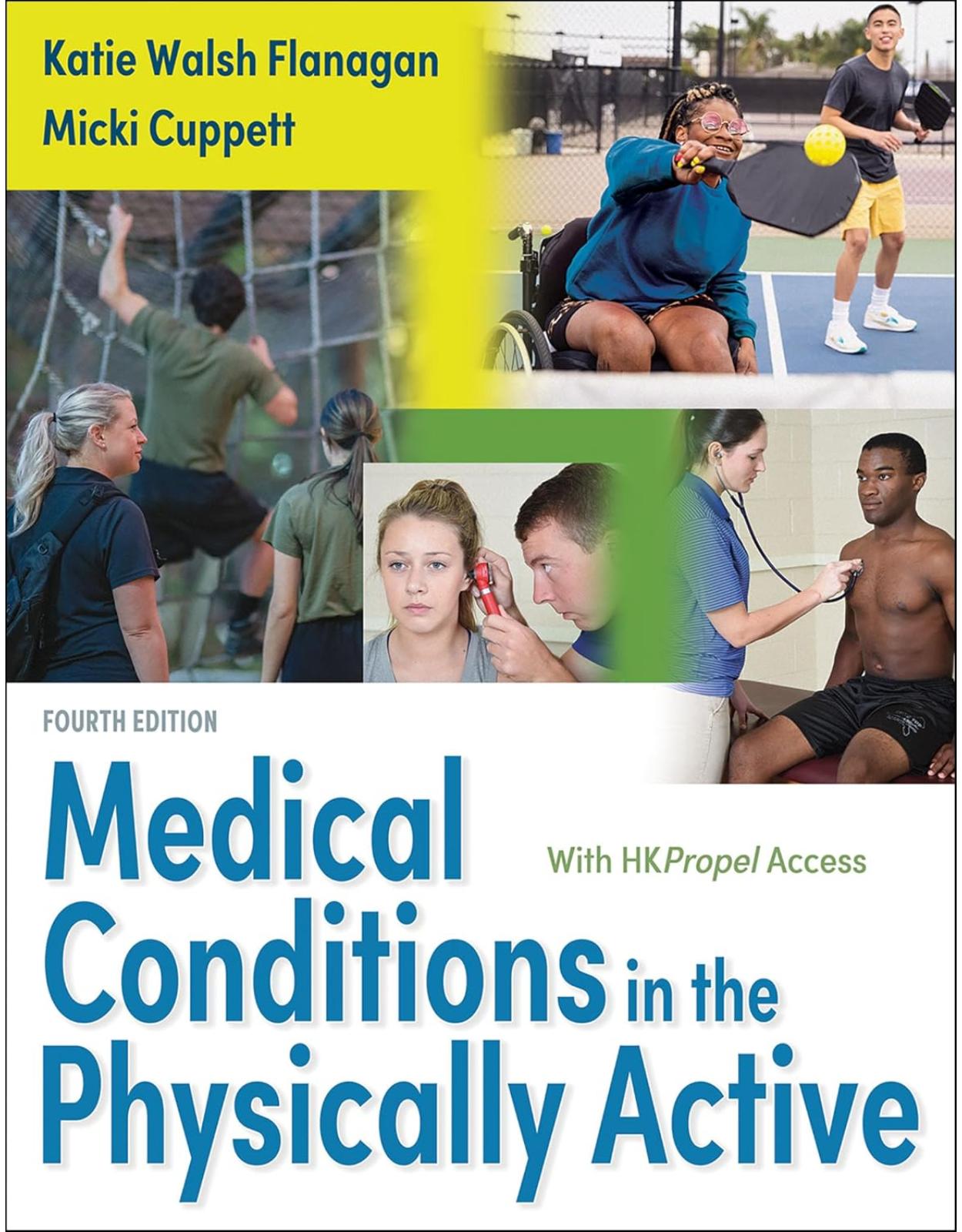
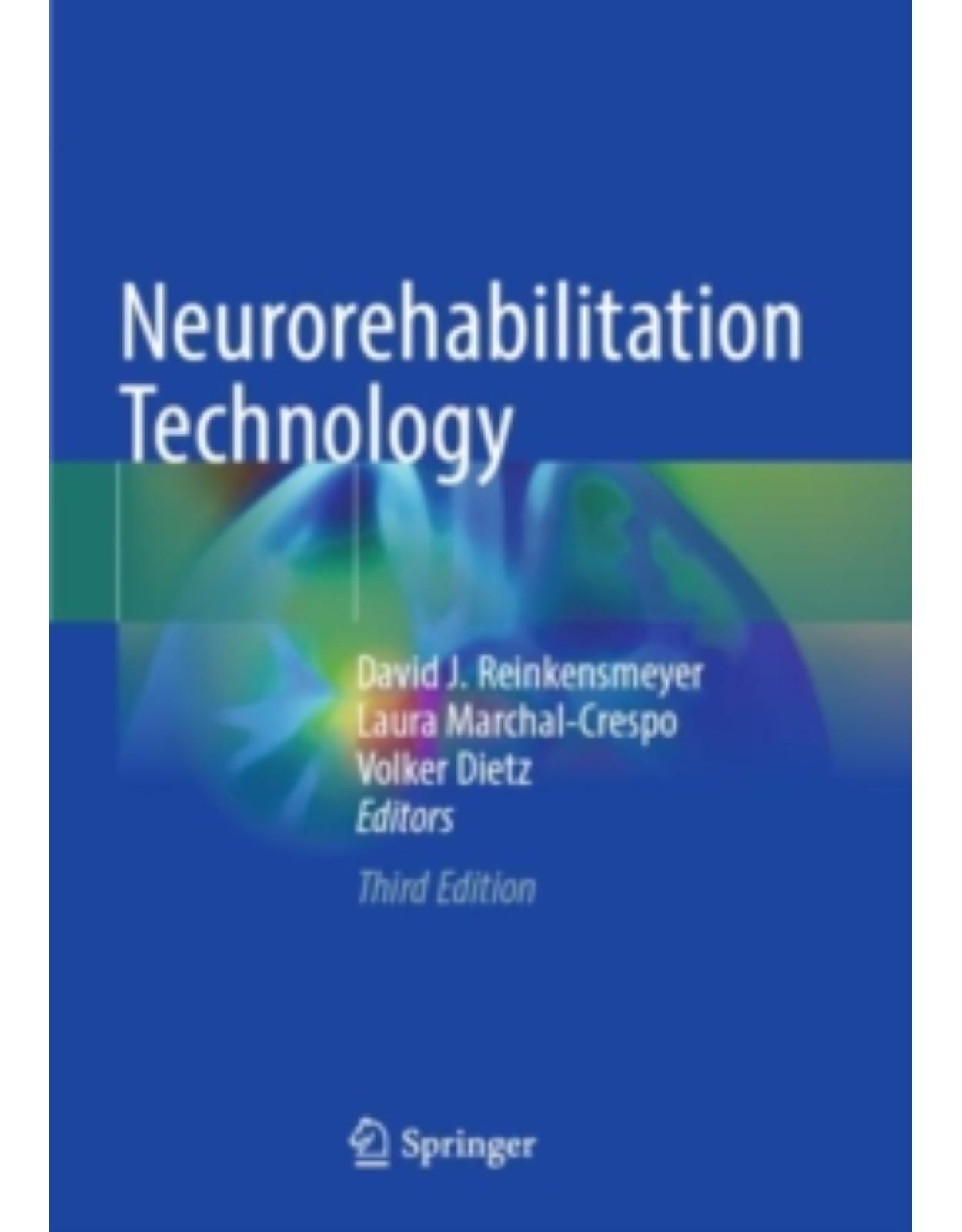
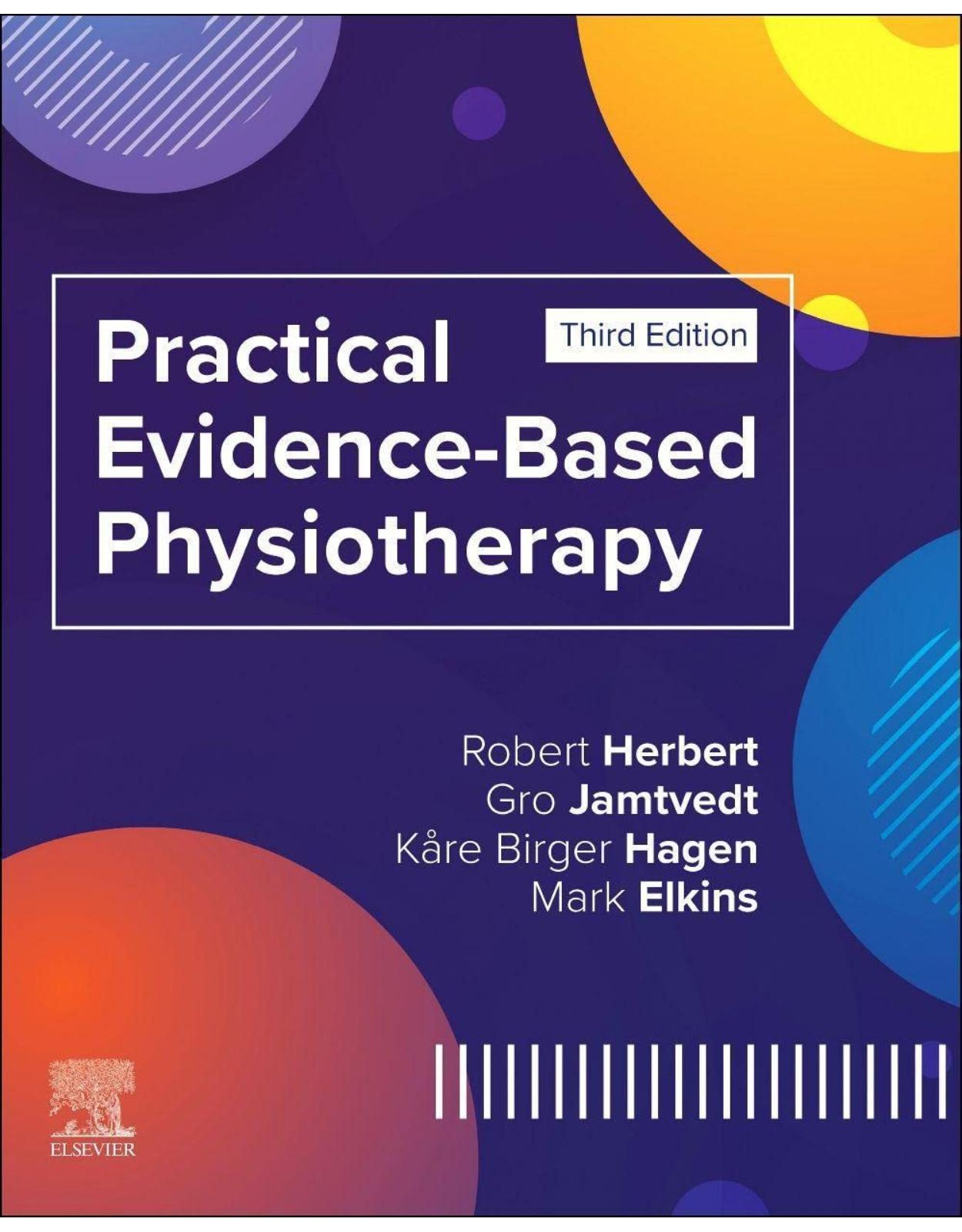
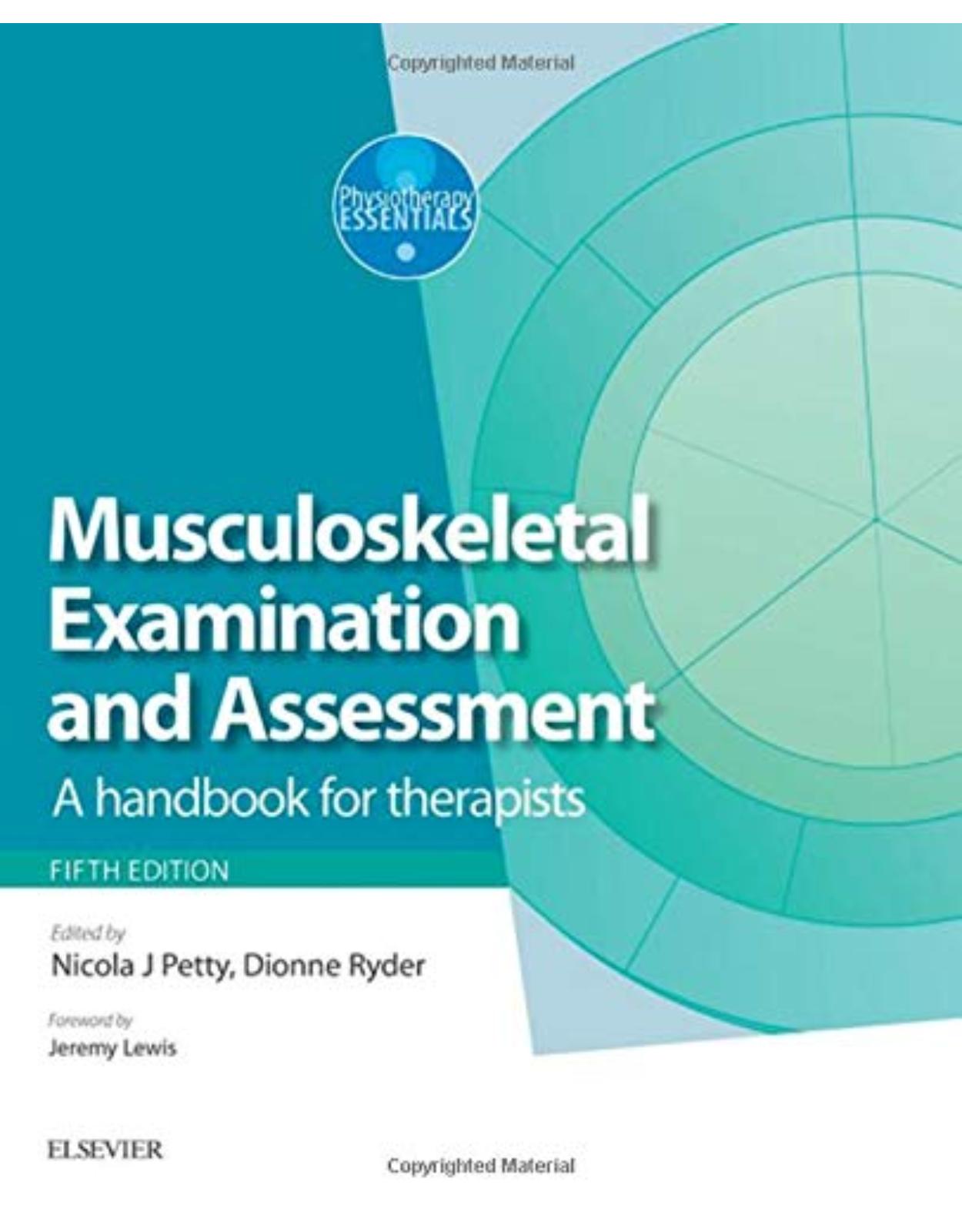
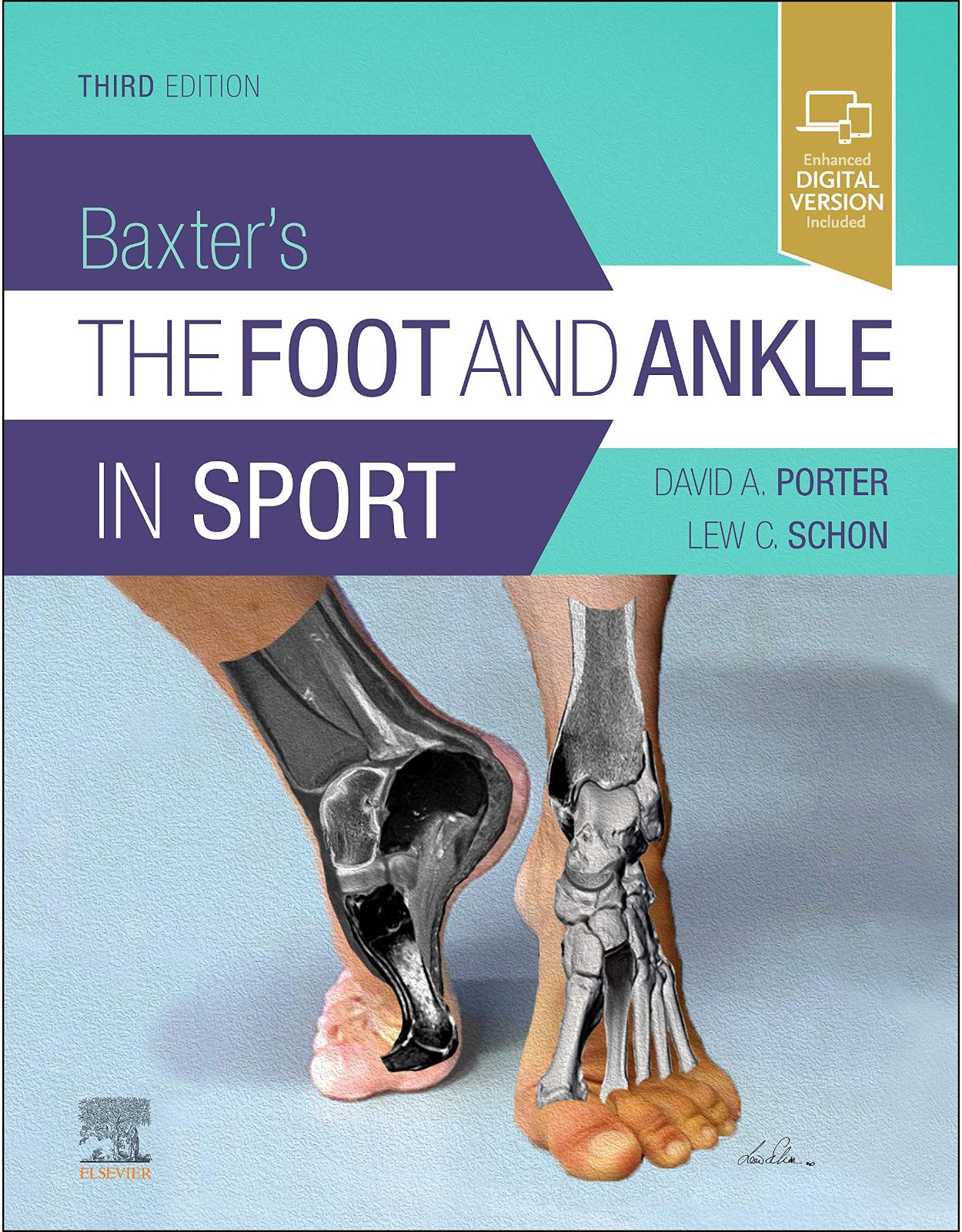
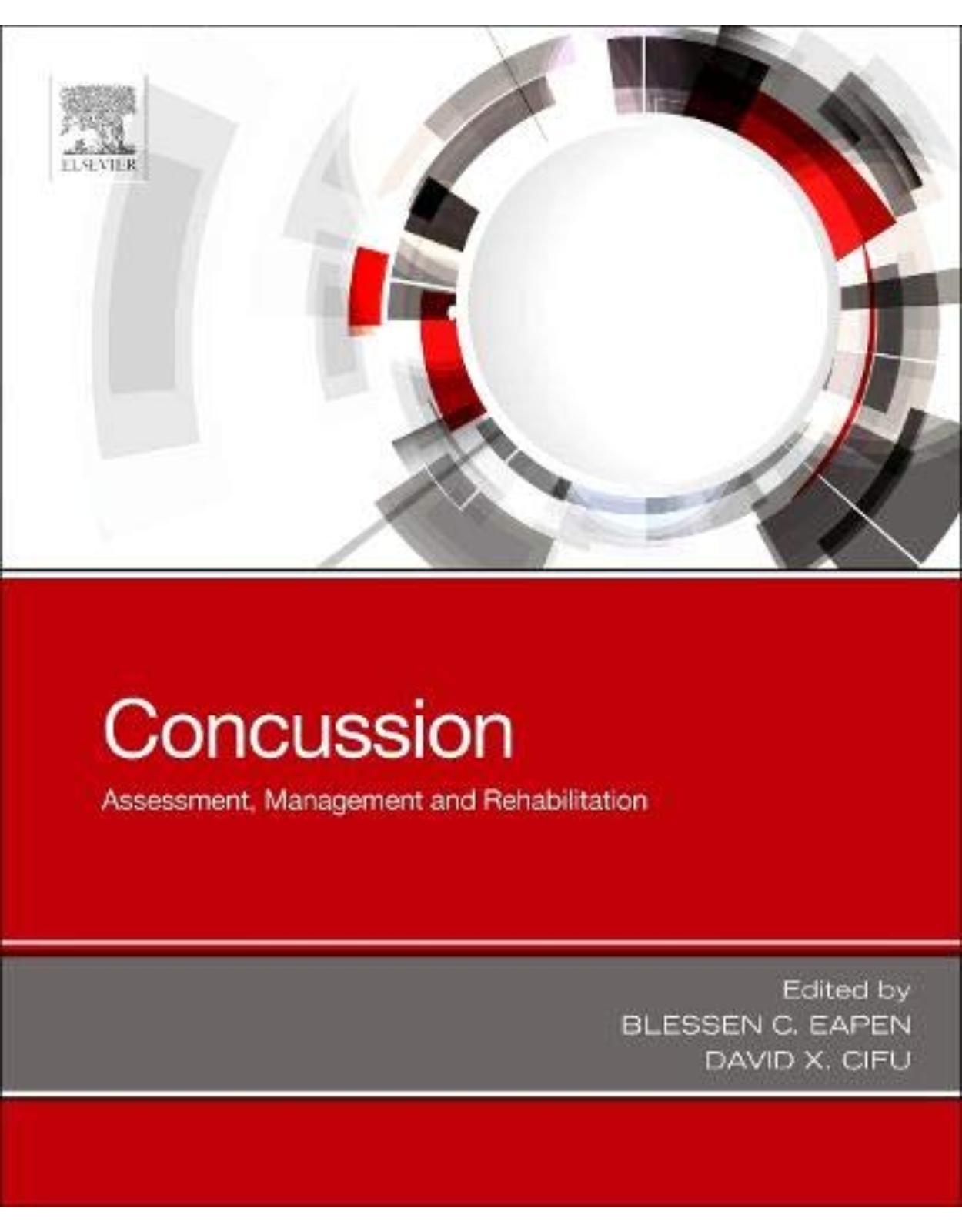
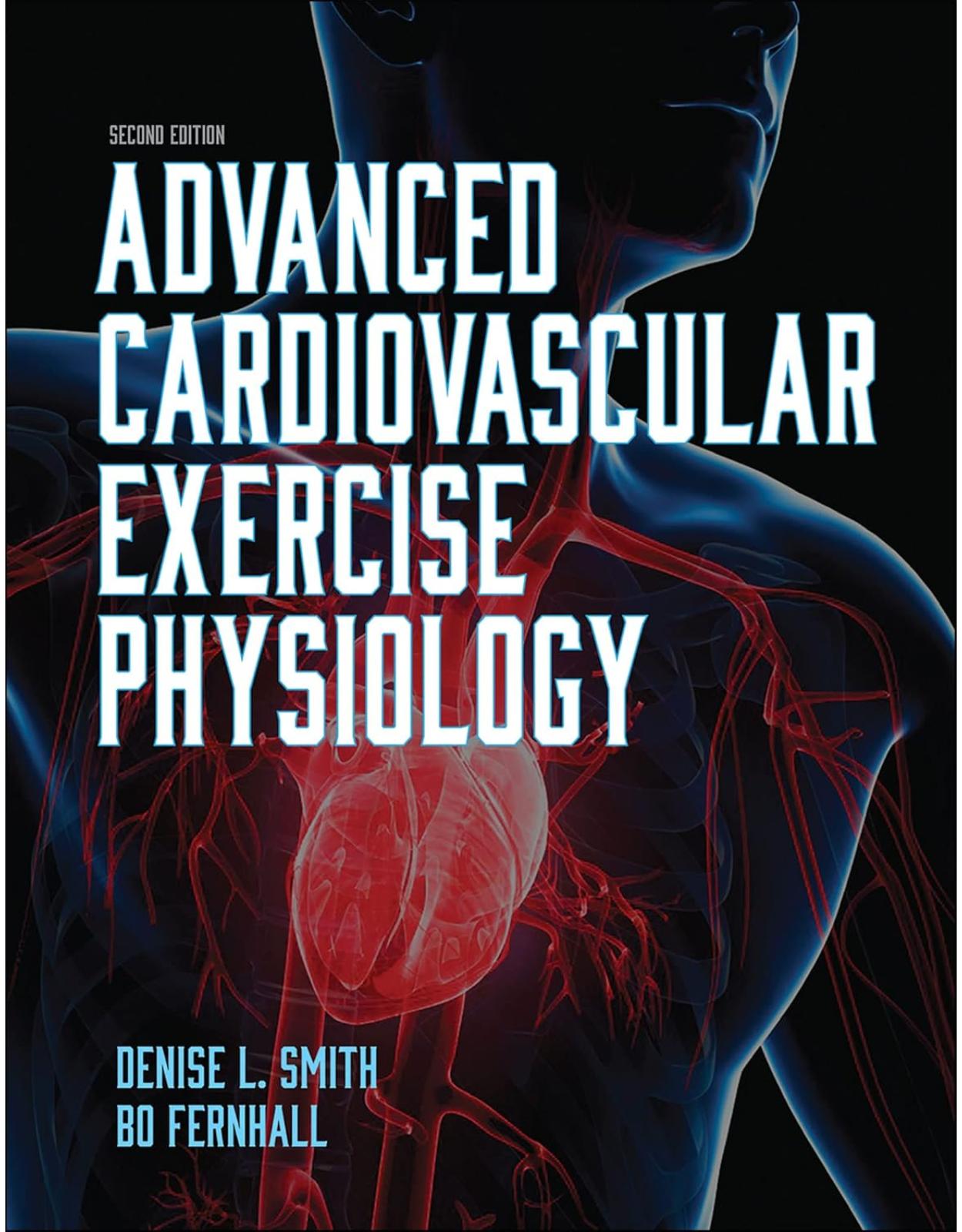
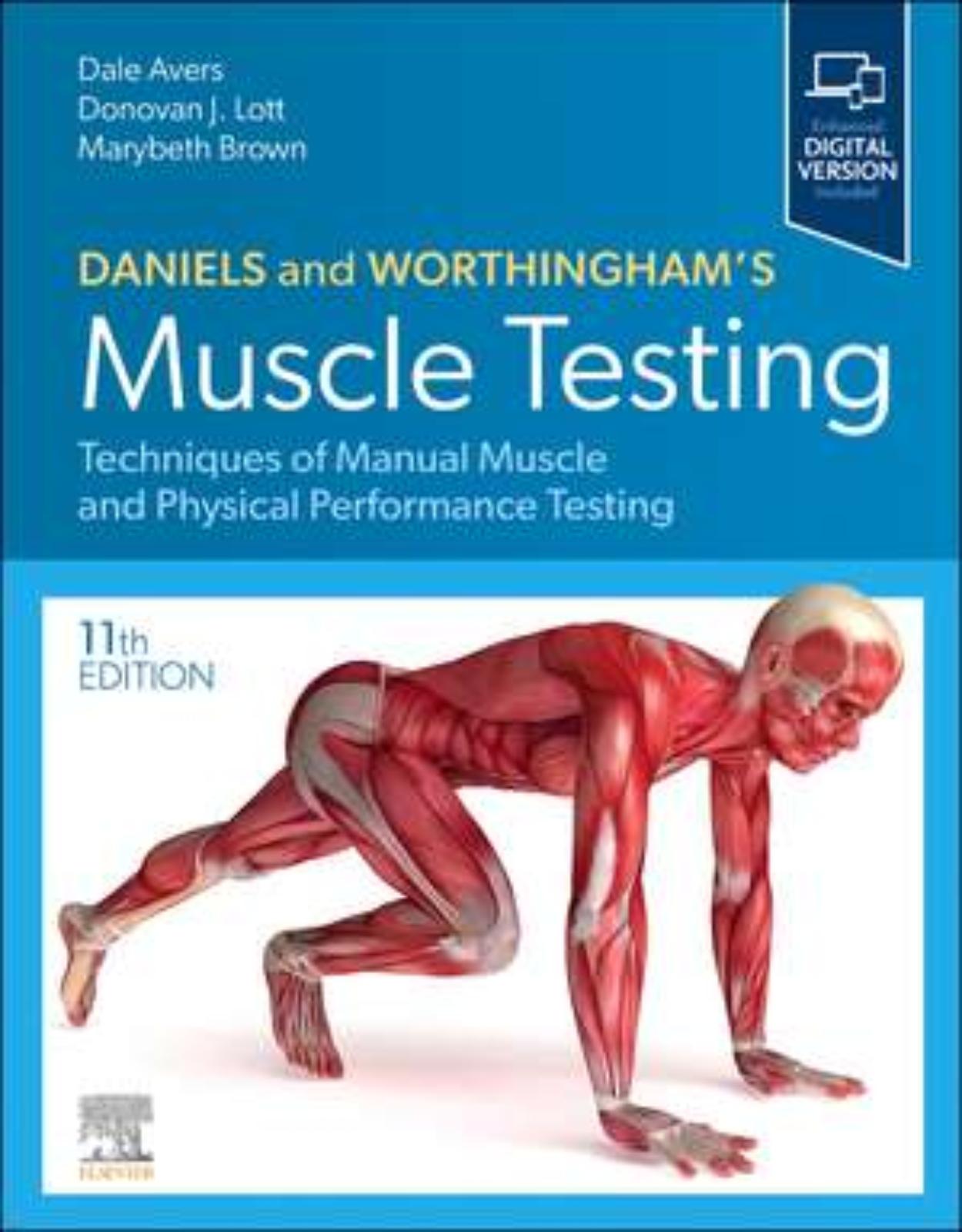
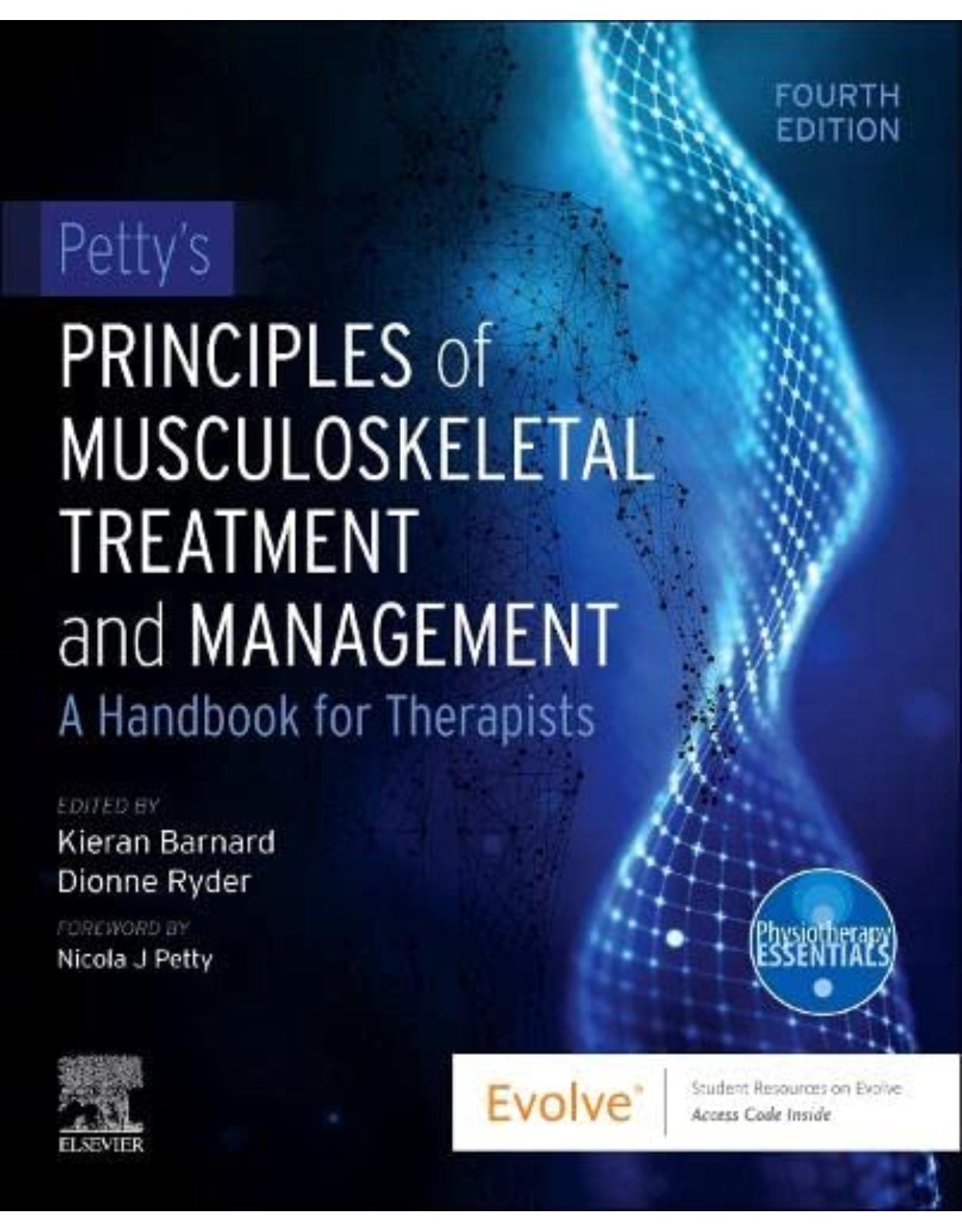
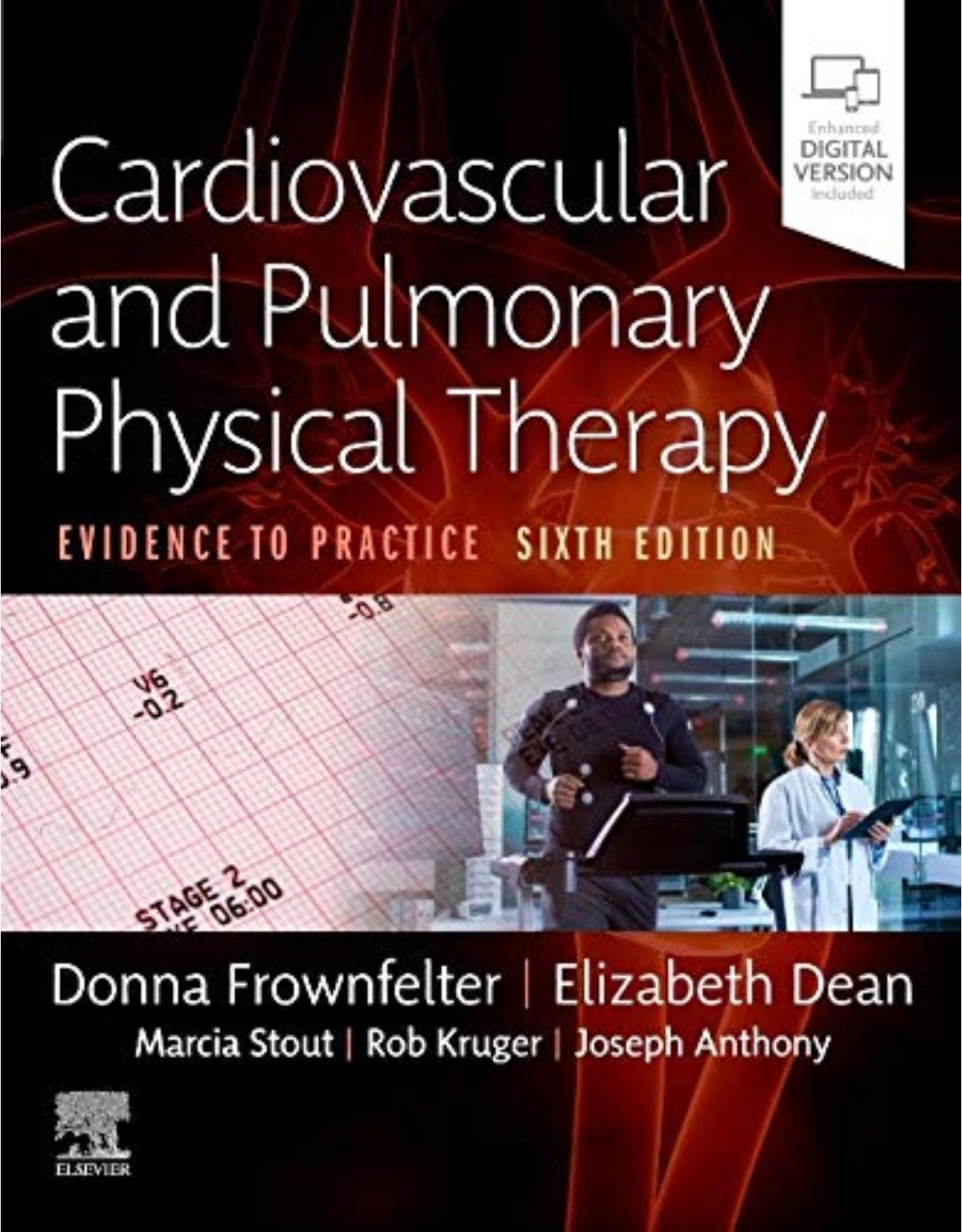
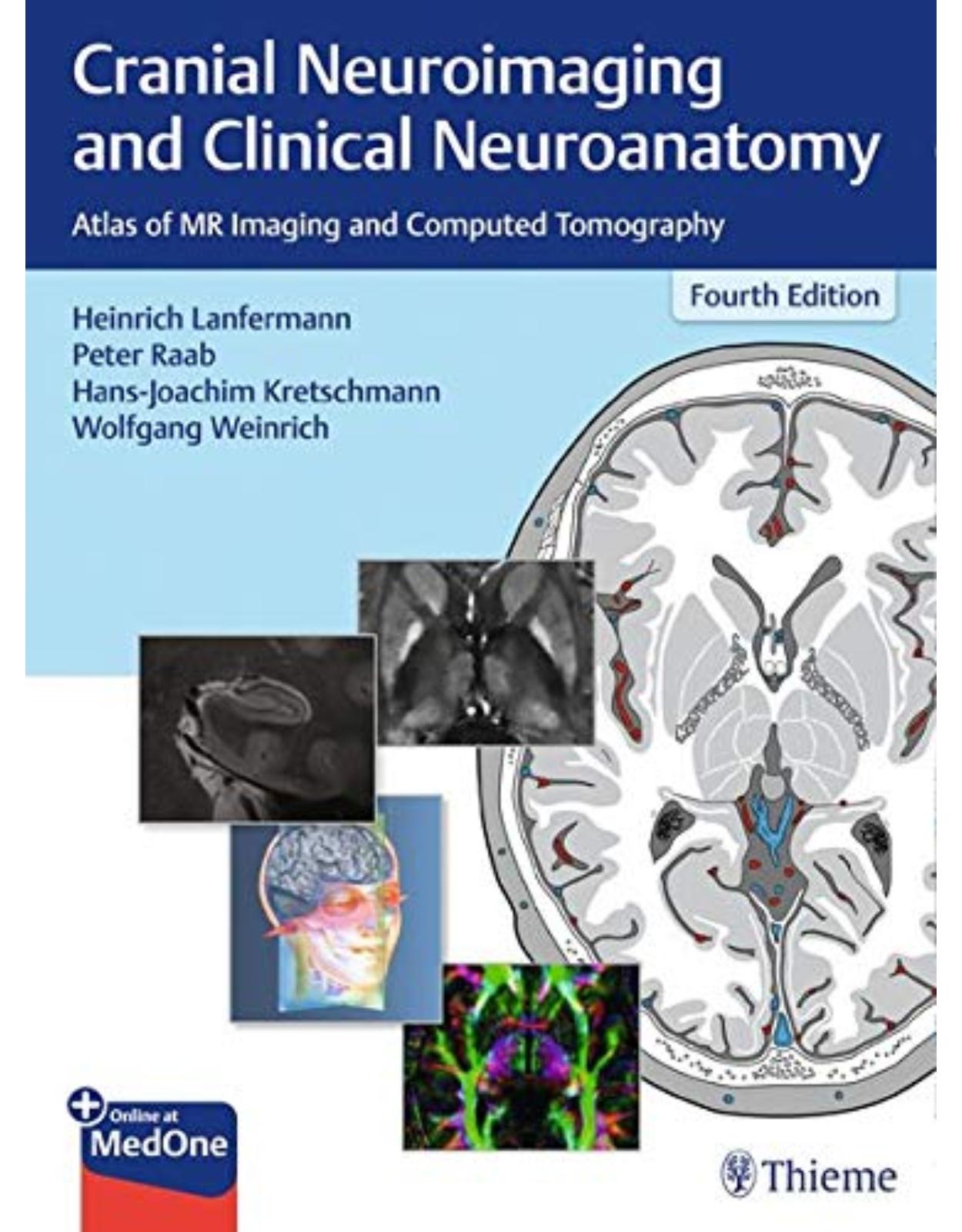
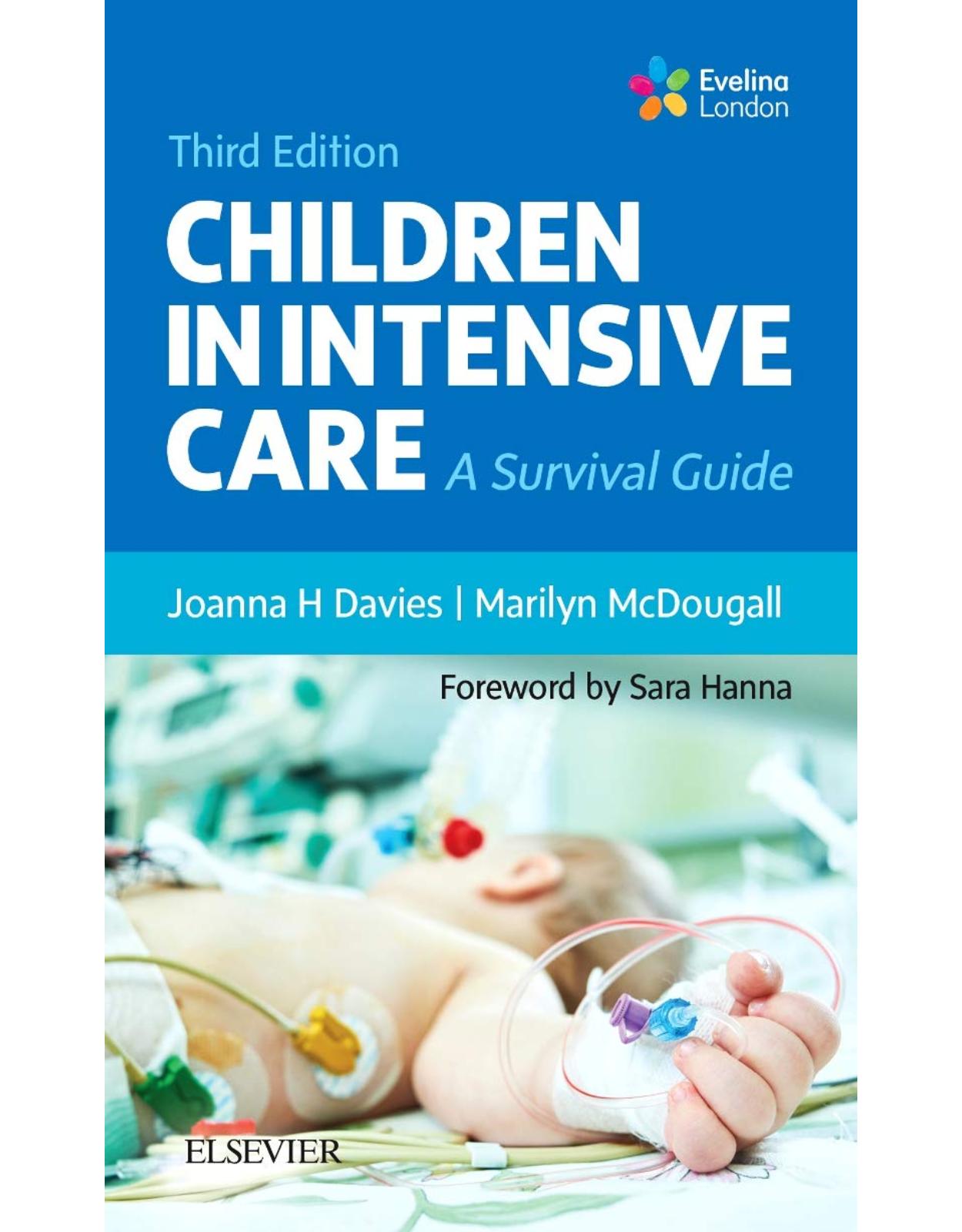
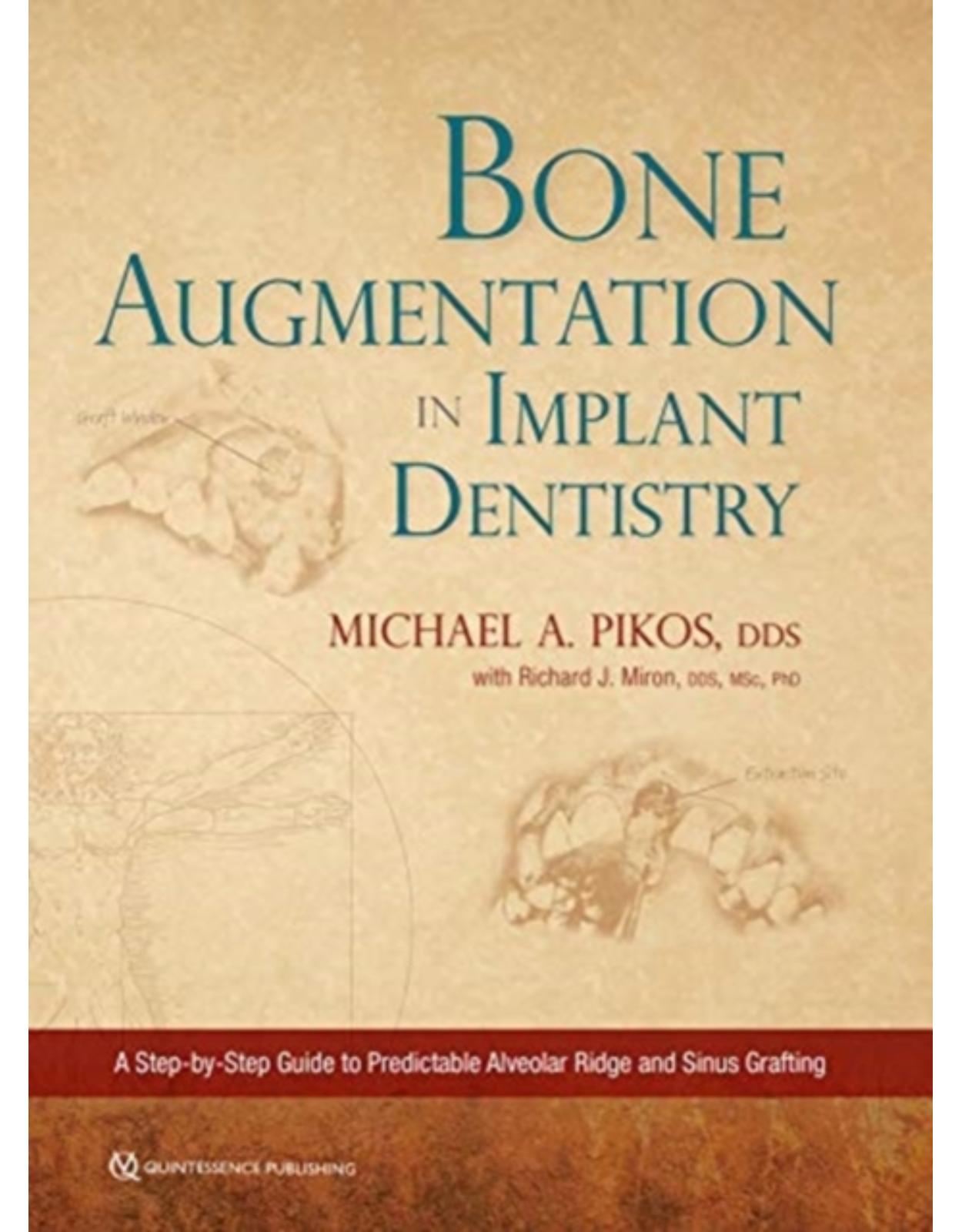
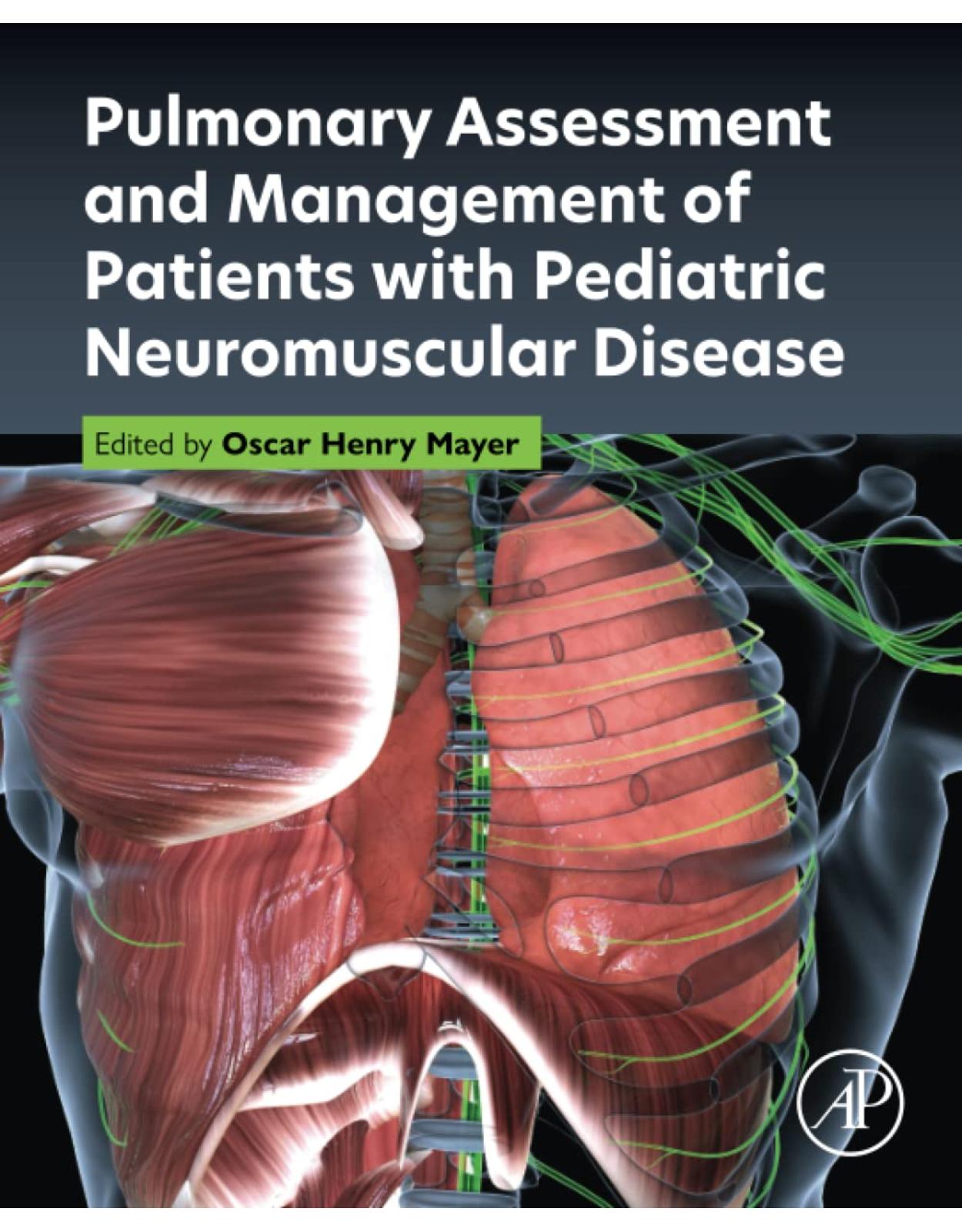

Clientii ebookshop.ro nu au adaugat inca opinii pentru acest produs. Fii primul care adauga o parere, folosind formularul de mai jos.